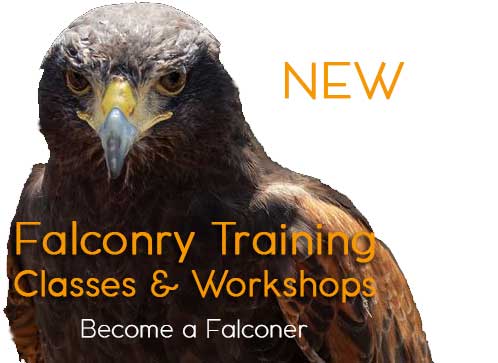While virtually all food plant operations have a solid pest control plan in place, bird control is often overlooked and becomes an afterthought.
Since food processing plants contain areas with very sensitive environments, pest birds can introduce various adulterants and harmful contaminants. Even a single bird that finds its way into a food plant can trigger a host of concerns such as, failed audits, product contamination, plant closure, production stoppage, lost revenues, fines, structural damage, health hazards to occupants and fire hazards.
The most common pest birds seeking access to food plant operations are pigeons, starlings, sparrows, and seagulls. Each of these birds can cause a host of concerns and issues for food processing facilities. Just one bird can cause catastrophic damage. In most cases, small pest birds such as Sparrows and Starlings gain access into a facility through damaged bumpers around loading docks, cracks or small openings, a damaged roof.... or, of course, open doors.
Larger birds, such as pigeons and gulls, typically cause more problems around the exterior of a facility on ledges, rooftops, HVAC units, loading docks and related areas. Small or large though, these pest birds will cause significant problems for the interior and exterior of food plants.
Conducive Conditions
In most cases, facilities will need to reduce as many conducive conditions as possible, in and around the facility. Even surrounding conditions (i.e., near a public landfill, raw materials mill or body of water) can attract pest birds to a facility. With each of these conditions, great care must be taken to reduce as many conducive conditions as possible.
Examples of Conducive Conditions
Structural Conditions
- Loading docks/canopies with open beams and rafters
- HVAC equipment
- Pooling water (roof and landscaping)
- Structural overhangs and ledges
- Open access points
- Landscaping (types of plantings)
- Damaged truck bay bumpers
- Gaps and opening around the structure
- Doors with improper sealing
Human Conditions
- Open dumpsters
- Overflowing dumpsters
- Dirty dumpsters
- Product spillage
- Employees feeding birds
- Doors left open
All these conducive conditions, if left unresolved, can lead to significant bird problems. Reducing as many conducive conditions as possible will be the first step of any bird management program.
From the start, your facility should have a bird management plan of action. For the most part, bird problems should not be left to be handled internally, unless your staff has been properly trained and has a bird management plan in place.
Our Bird Control Technicians have the expertise and experience required to rid your facility of pest birds - contact HAWKEYE today to discuss an Integrated Bird Management Audit Program for your facility.
We are here to help you deal with Pest Bird Control and avoid potential health hazards, costly damage to property, and loss of product and/or productivity (especially in the food and healthcare sectors) if pest birds are not addressed immediately.
Now with 7 Locations ( 6 In Canada and 1 in the U.S), we are ready to serve you better in Acton, Toronto, Oshawa, Bowmanville, two locations in Mississauga and West Palm Beach in Florida.
Contact us today or Email us at [email protected] if you need help with pest bird control and/or pest bird removal.
Pest Birds such as Cormorants, Crows, Ducks, Doves, Geese, Grackels, Seagulls, Pigeons, Robins, Sparrows and Starlings.















